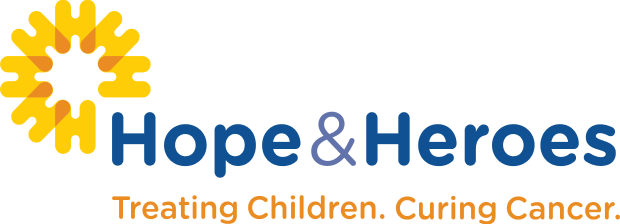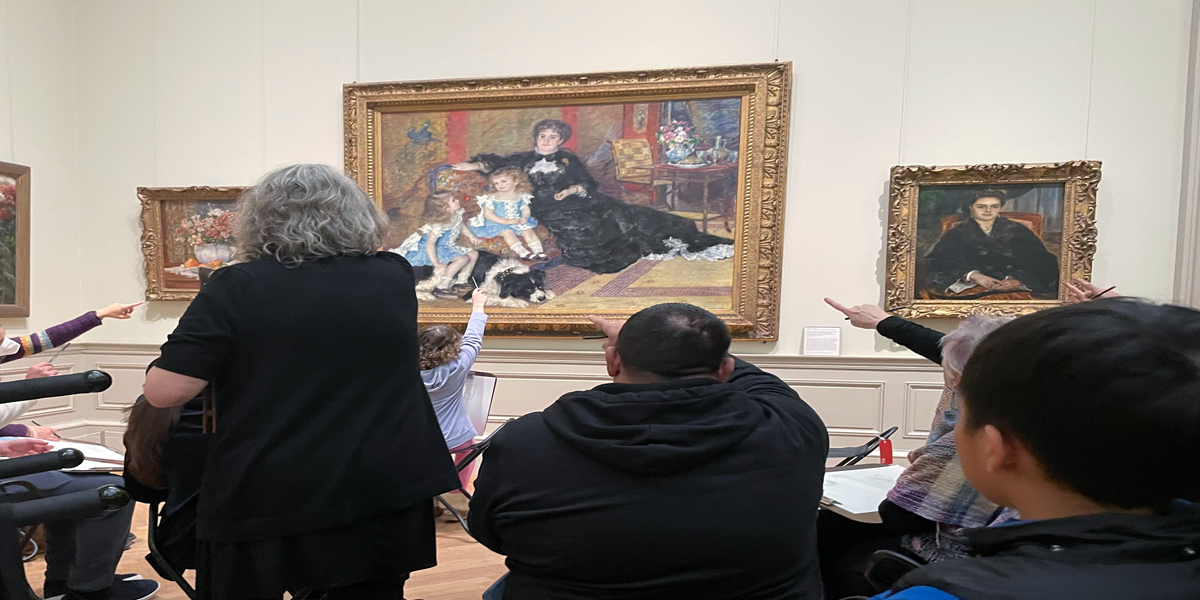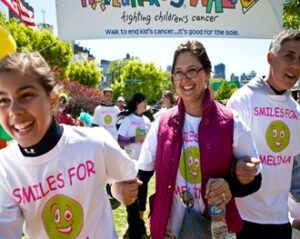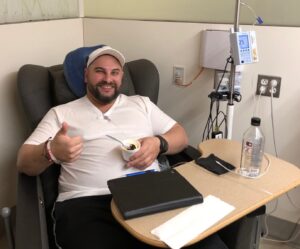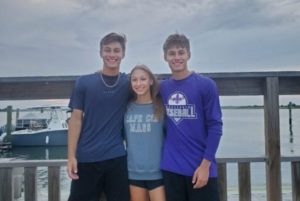“Well-being” has been used for some time in economics, referring to a person or group’s overall economic health and quality of life. However, in recent years, public policy, cultural programming, and scientific research have seen a marked shift of attention towards this concept.
Defining well-being is complex and culturally specific, though we know it when we feel it. Recent research has concluded that “well-being” not only encompasses general psychological and physical health, but also access, social justice, cultural identity, a sense of belonging, as well as “emotional and spiritual connections.” 1
Unsurprisingly, museums offer a unique intersection of many factors that can create a sense of well-being in visitors. A 2010 study showed that viewing art in a museum reduced anxiety and positively impacted a sense of well-being in visitors. 2
However, what makes a visit to a museum even more impactful on well-being is participation – that is, through self-expression, sharing experiences, and making connections. 3
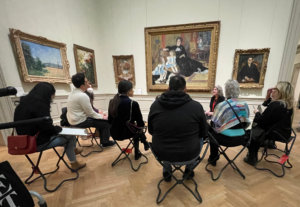
Hope & Heroes has long supported programs and research focused on improving the comprehensive well-being of patients and their families. Our latest project seeks to provide special museum access for the pediatric hematology and oncology community.
The Arts in Medicine Studio is collaborating with the #MetAccess program to connect members of our community with the world-renowned collection at the Metropolitan Museum of Art. Nitza Danieli, an artist and educator with over 20 years of experience guiding interactive tours in the city’s cultural centers, has led the initiative to bring Hope & Heroes to the Met.
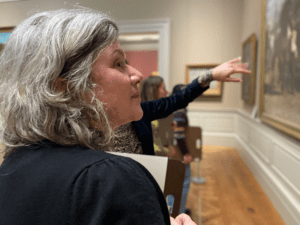
Nitza’s interactive tours invite participants to slow down with art, to share, listen, look carefully, and express themselves artistically. To one family, a visit with Nitza “made the difference between existing or surviving and thriving.” Another participant found it “inspirational,” while another expressed a profound revelation in “the difference between looking and seeing.”
Register here for our Spring 2024 museum visit on Sunday, April 28, 2024. This event is free to pediatric hematology and oncology community members, but space is limited.
1 Natalie Lawler & Ambre Tissot (2021) “Preserving the intangible and immeasurable: exploring wellbeing frameworks in the museum context,” Journal of the Institute of Conservation, 44:3, 248-259, DOI: 10.1080/19455224.2021.1969973
2 Jennifer Binnie (2010) “Does Viewing Art in the Museum Reduce Anxiety and Improve Wellbeing?”, Museums & Social Issues, 5:2, 191-201, DOI: 10.1179/msi.2010.5.2.191
3 Hazel Fenton (2013) Teaching in Lifelong Learning: A Journal to Inform and Improve Practice, 5:1, 5-12, DOI: https://doi.org/10.5920/till.2013.515
Guest author Lizzy DeVita is an artist, writer, filmmaker, and educator who works with the Arts In Medicine Studio. She is also an adjunct assistant professor at Columbia University School of the Arts.
